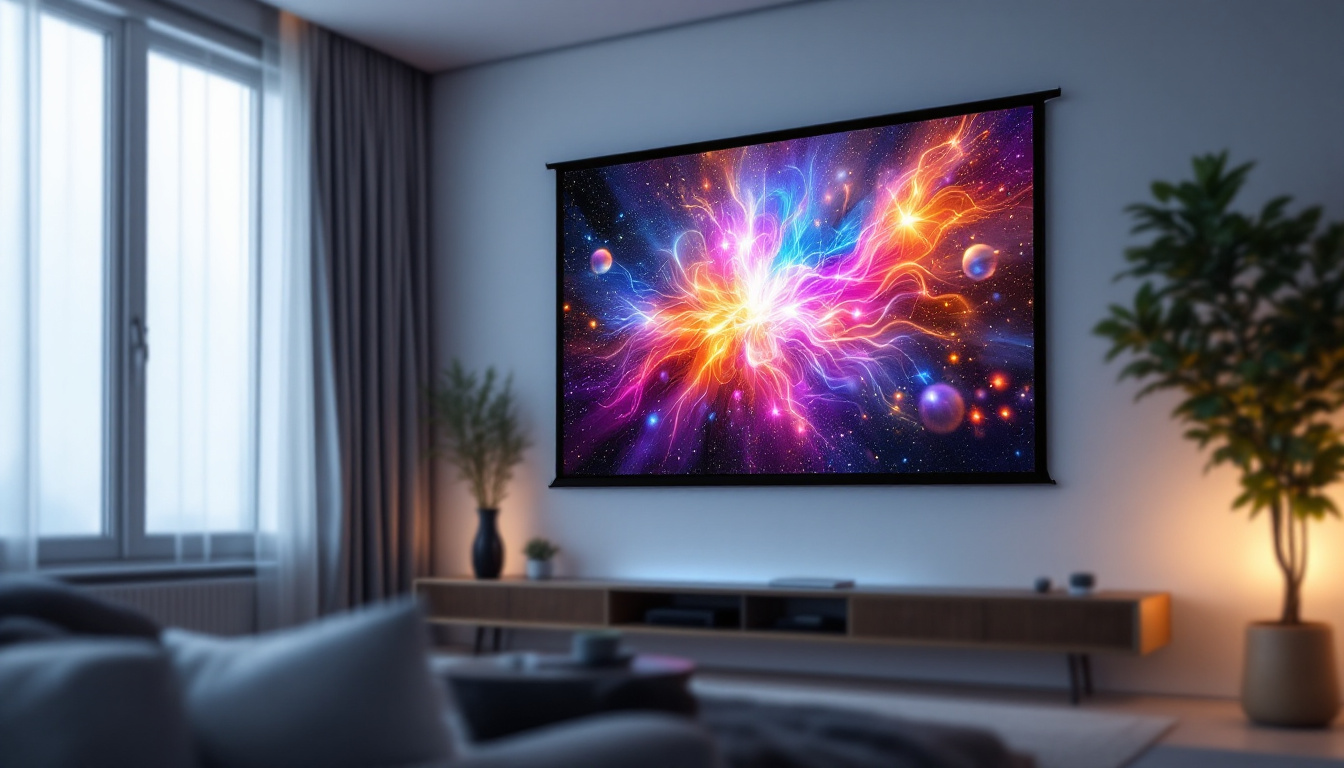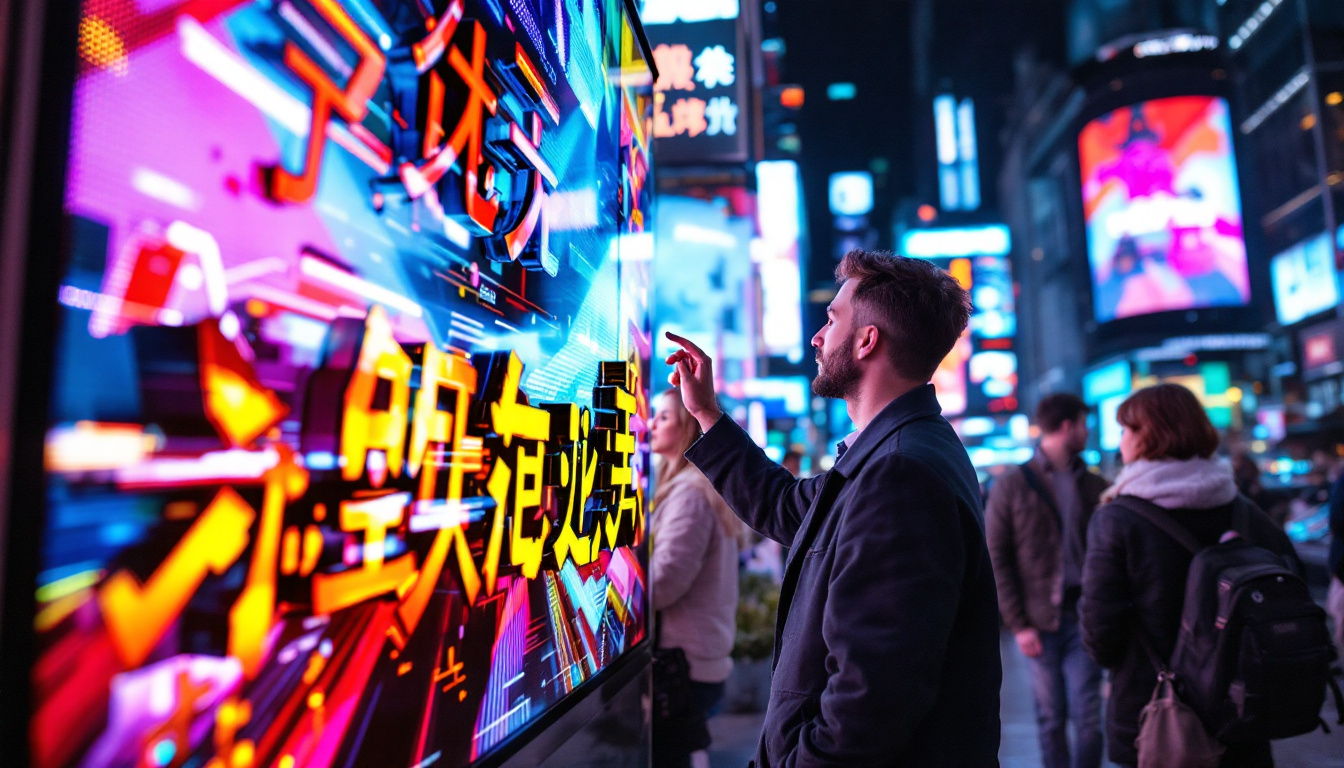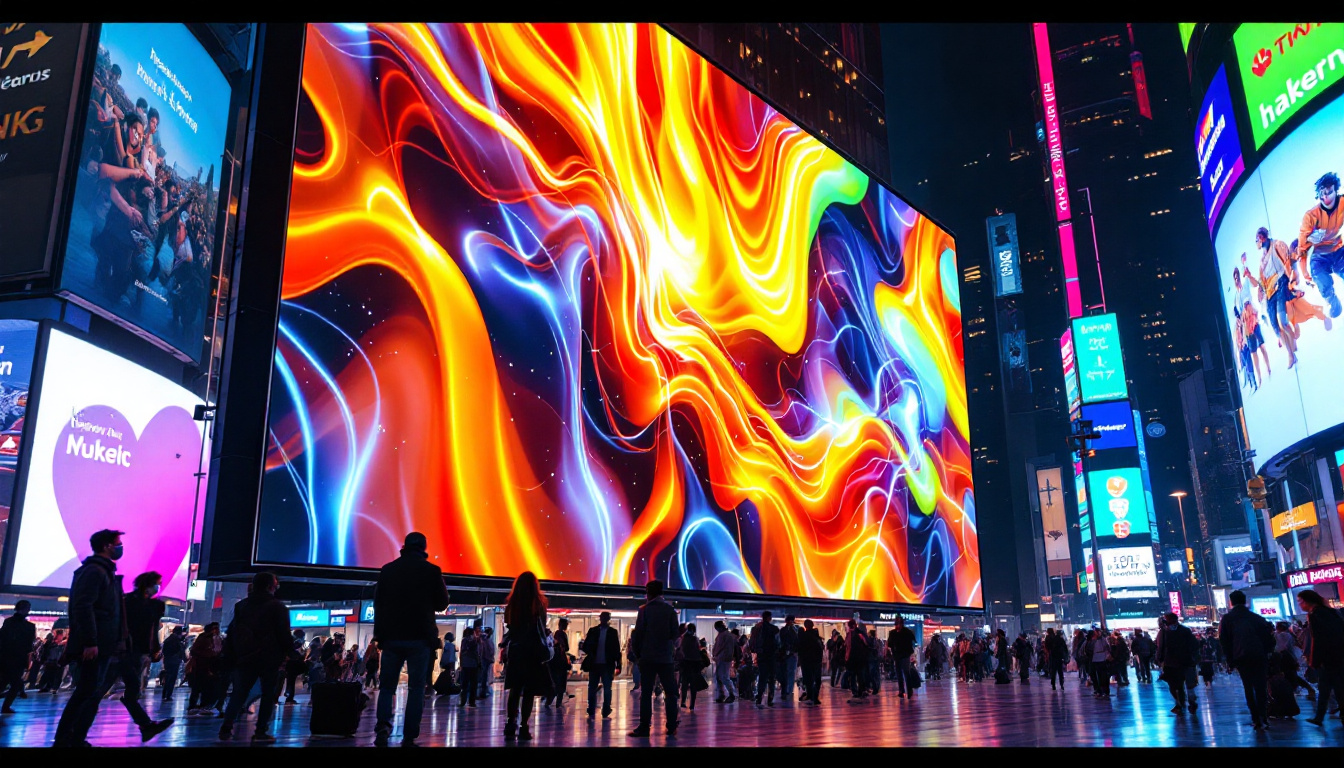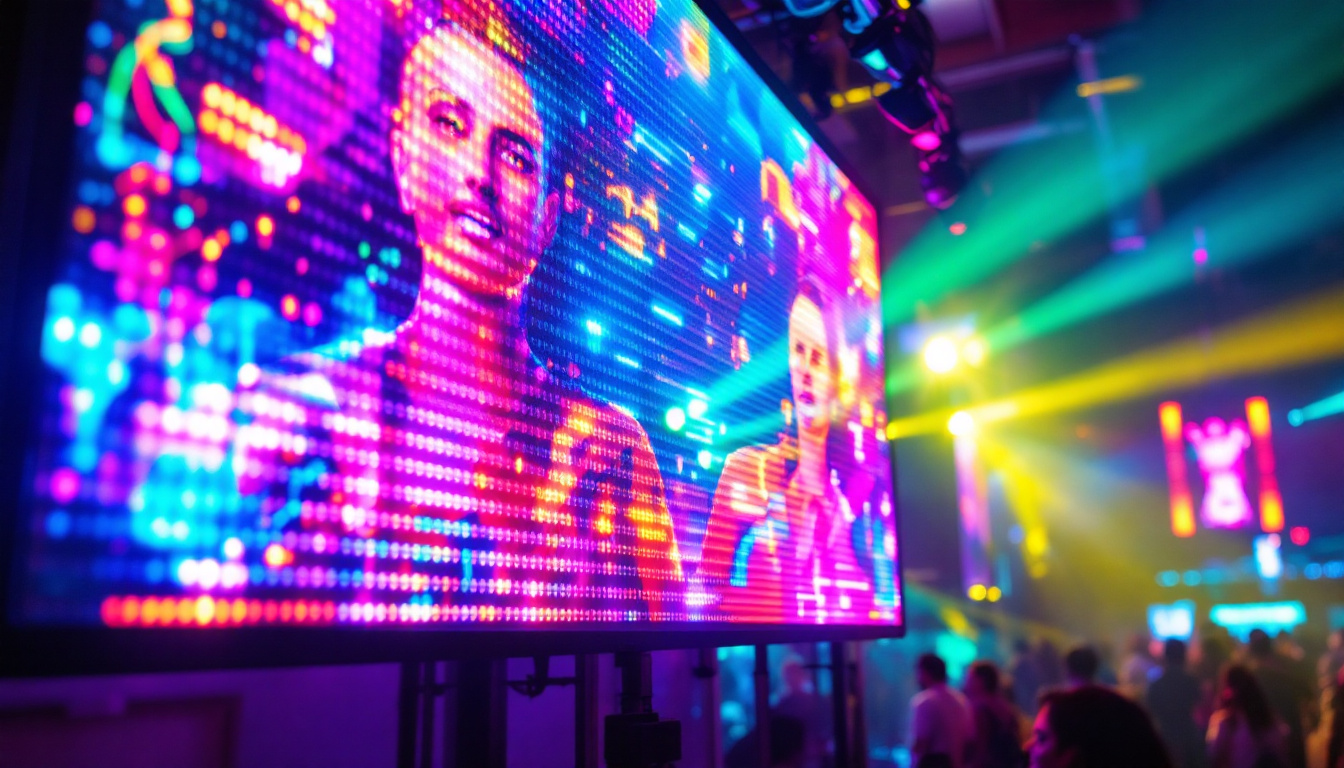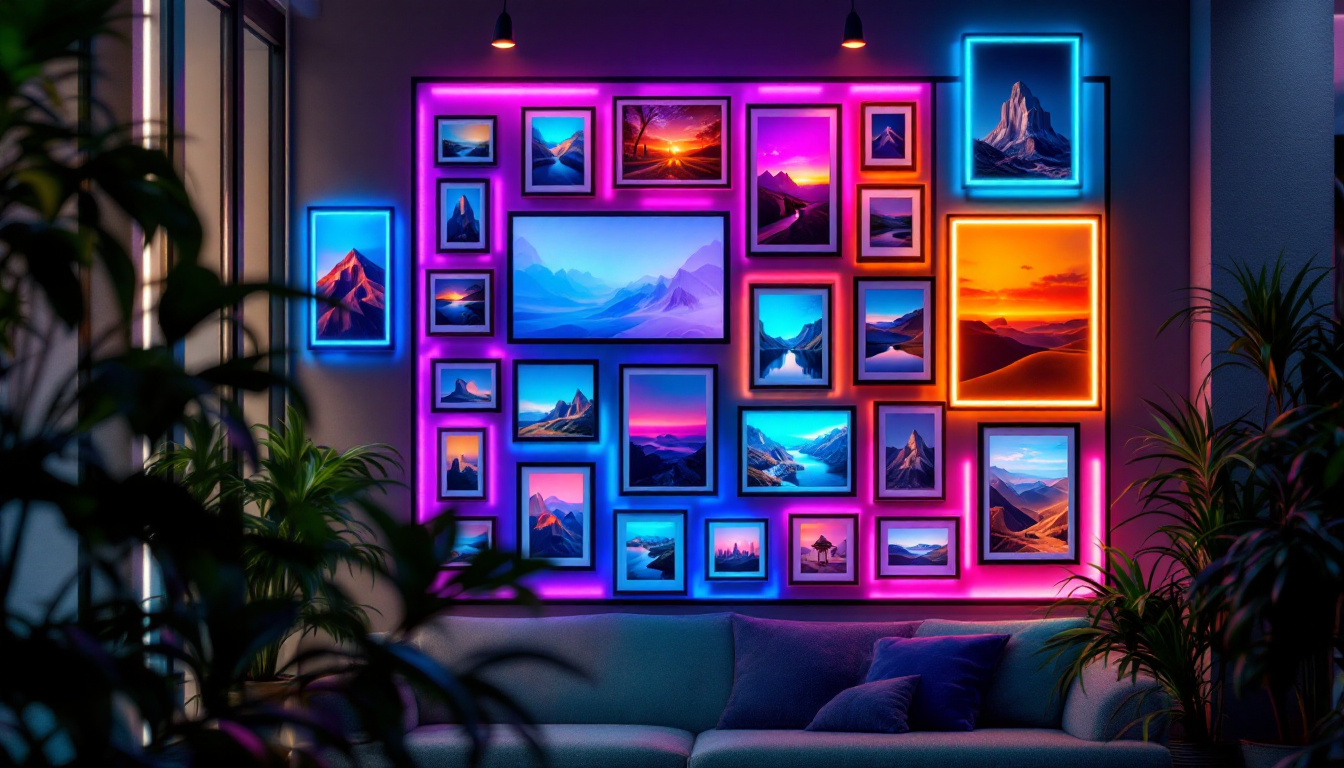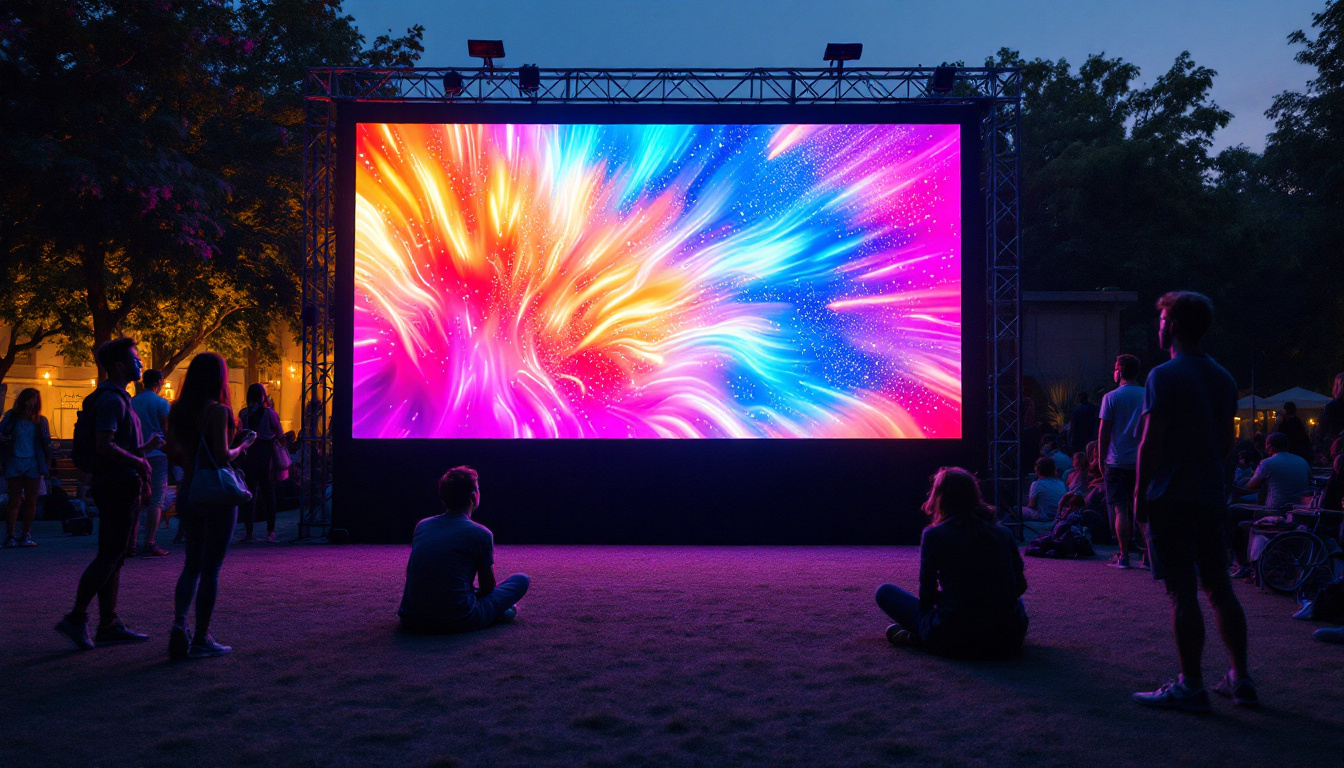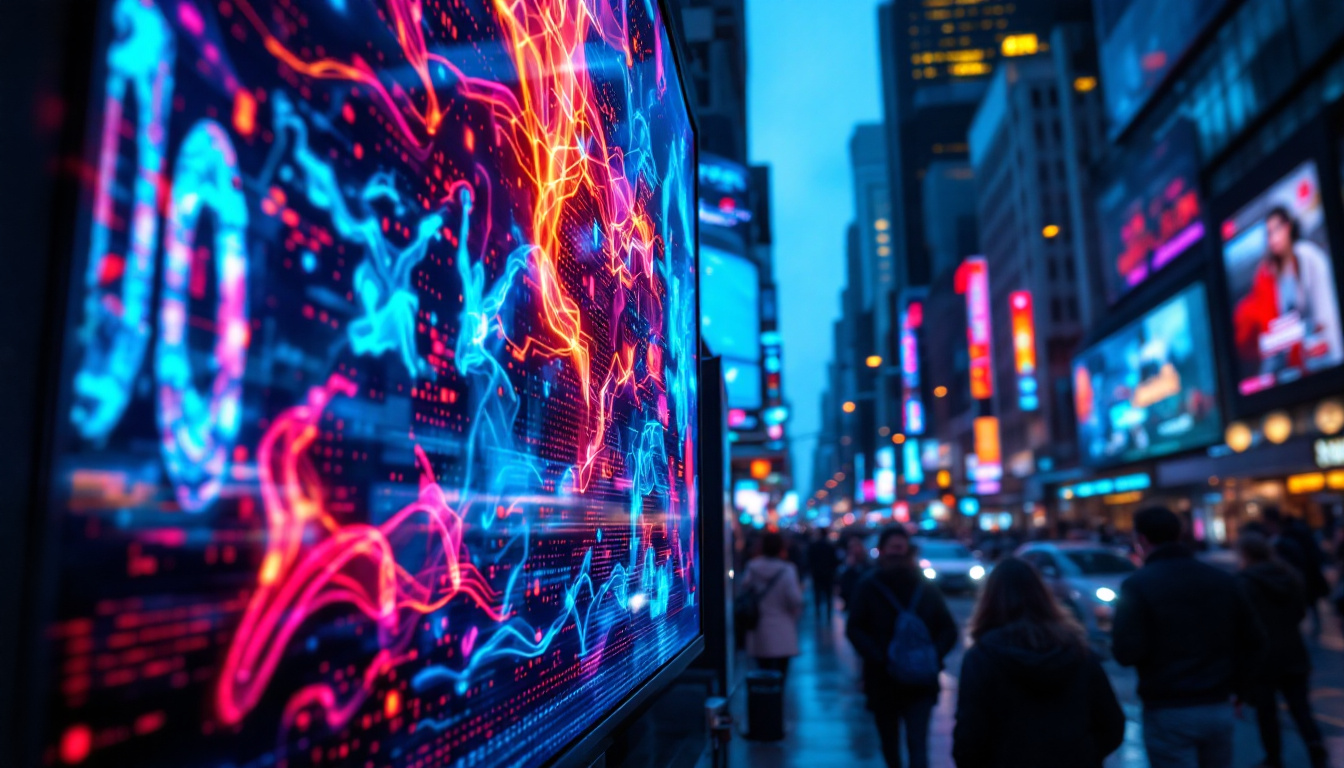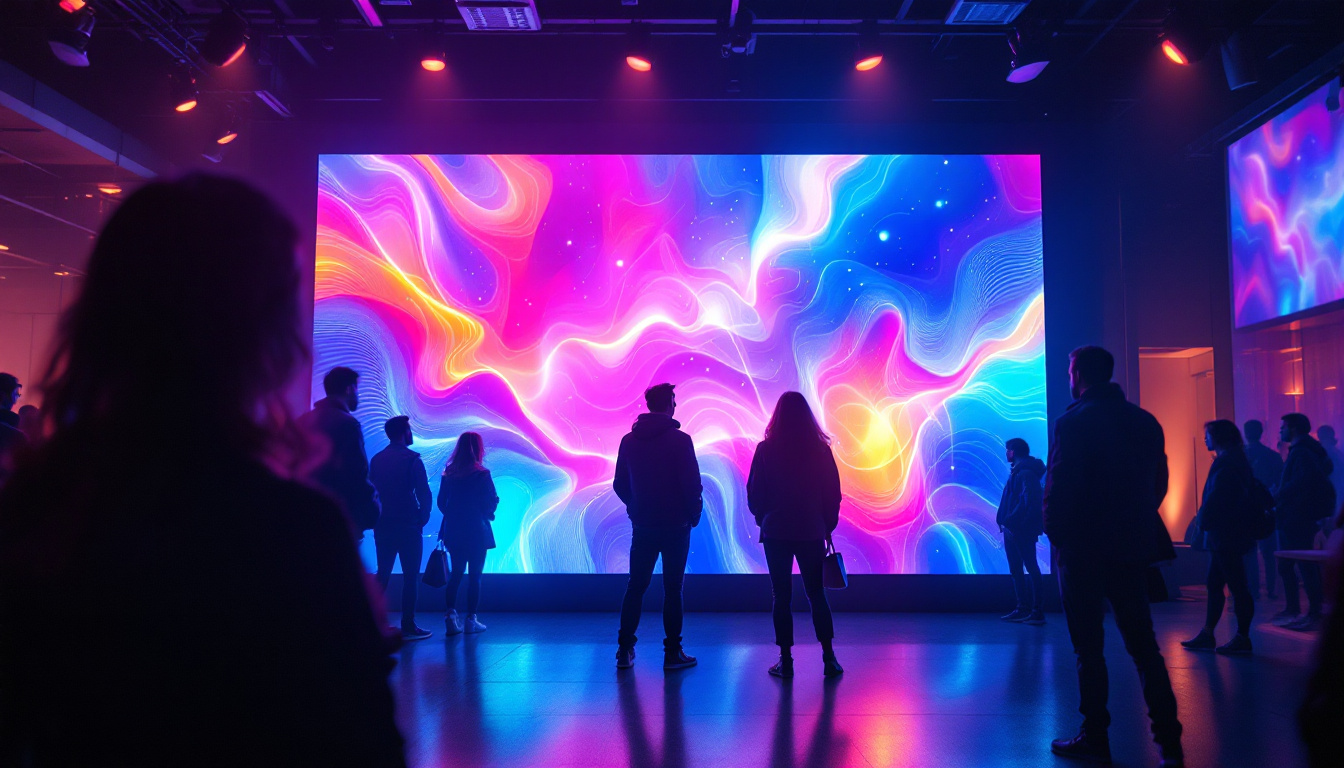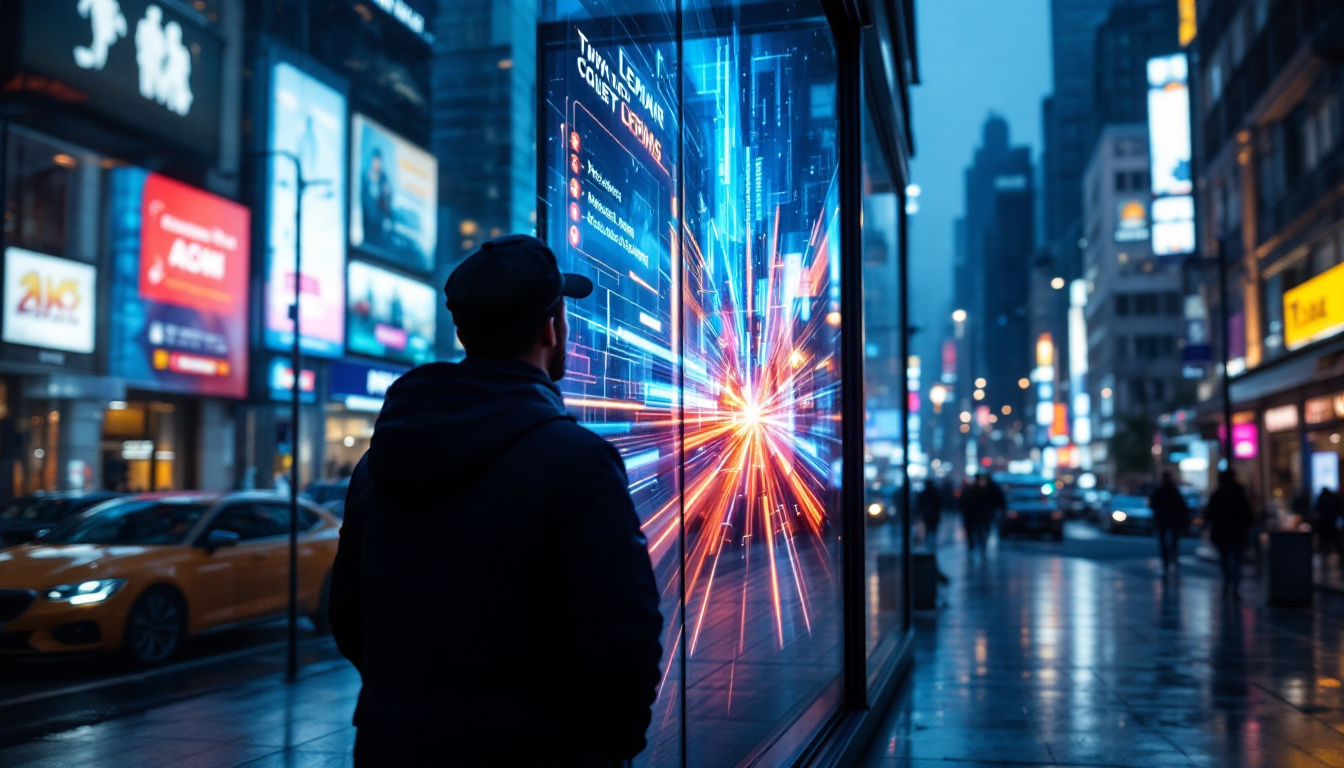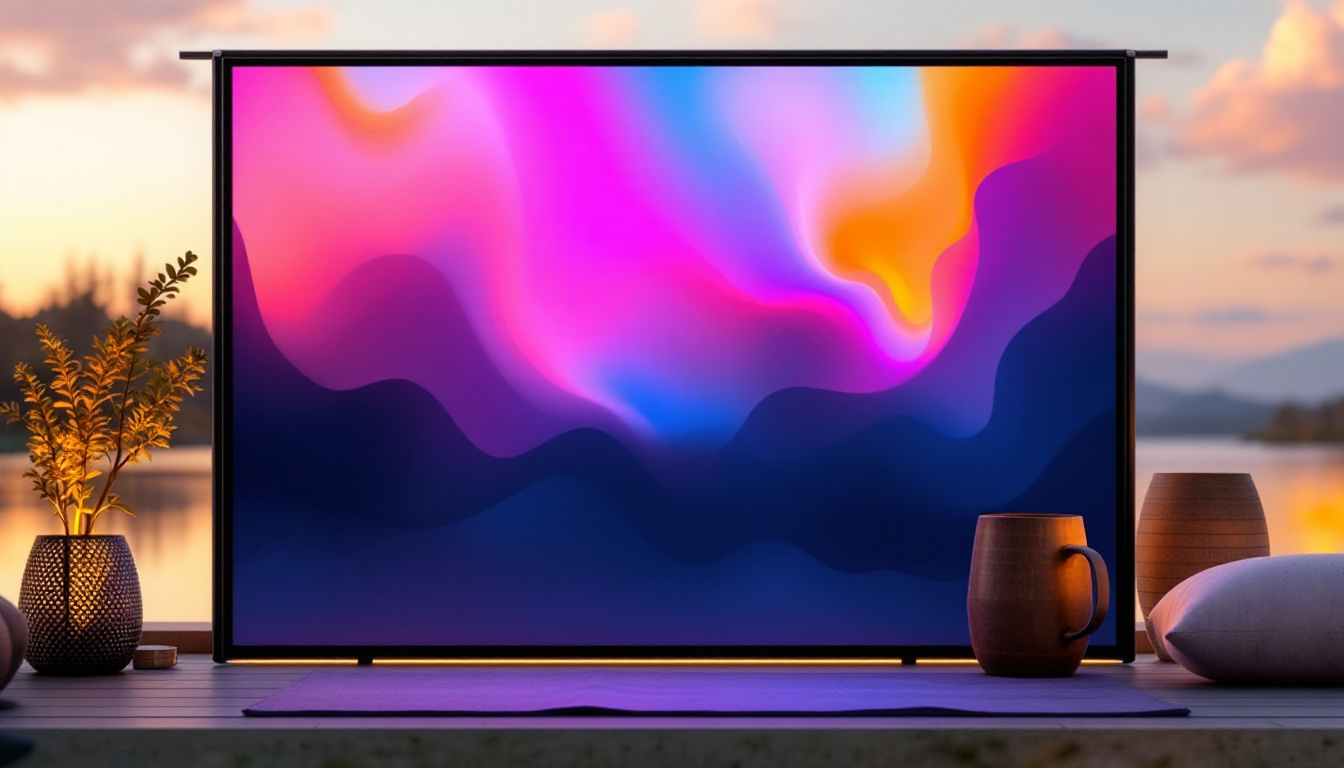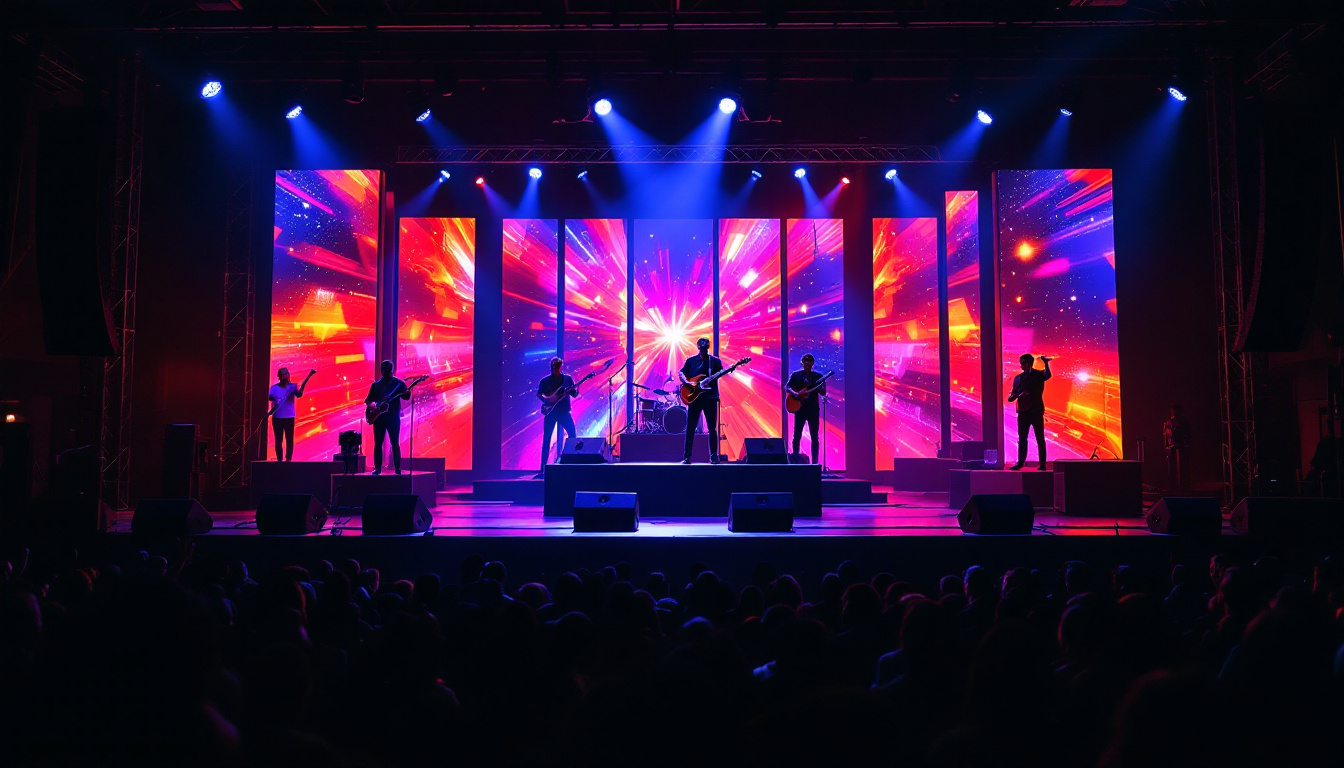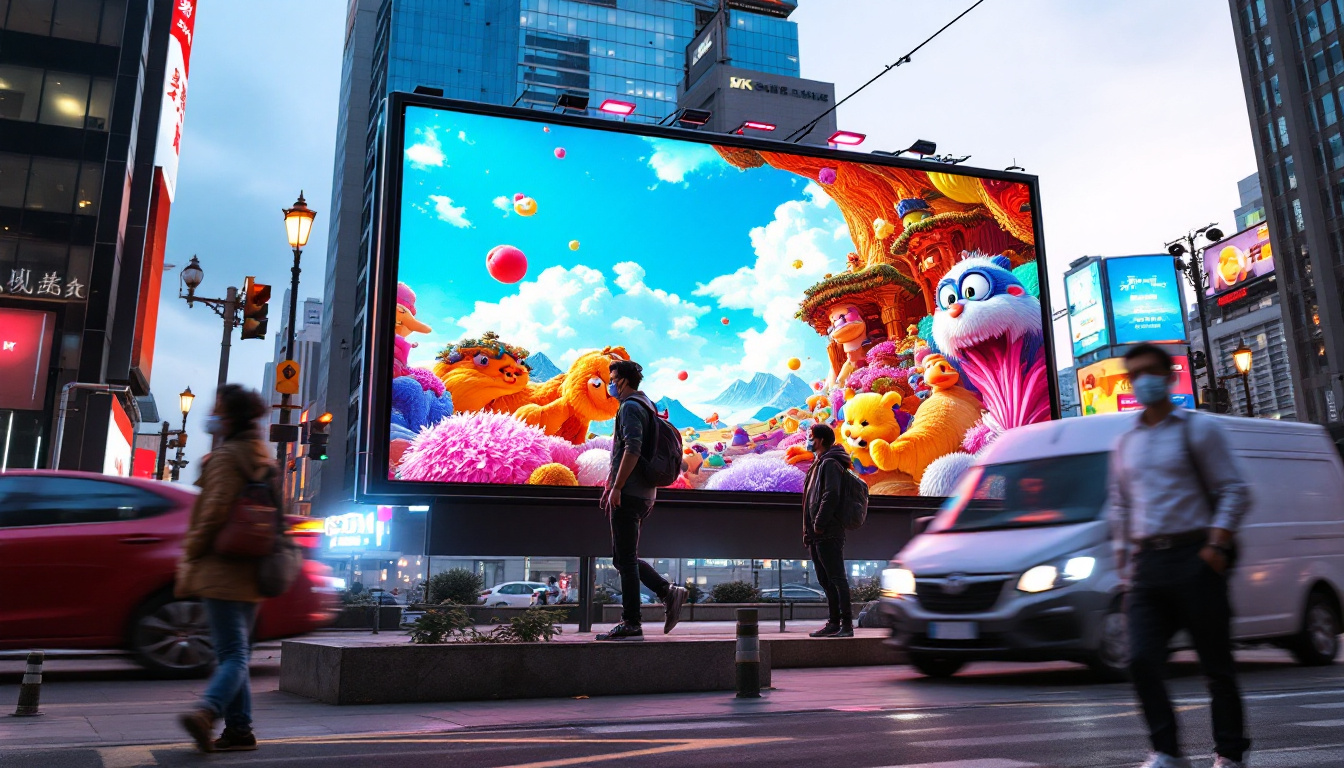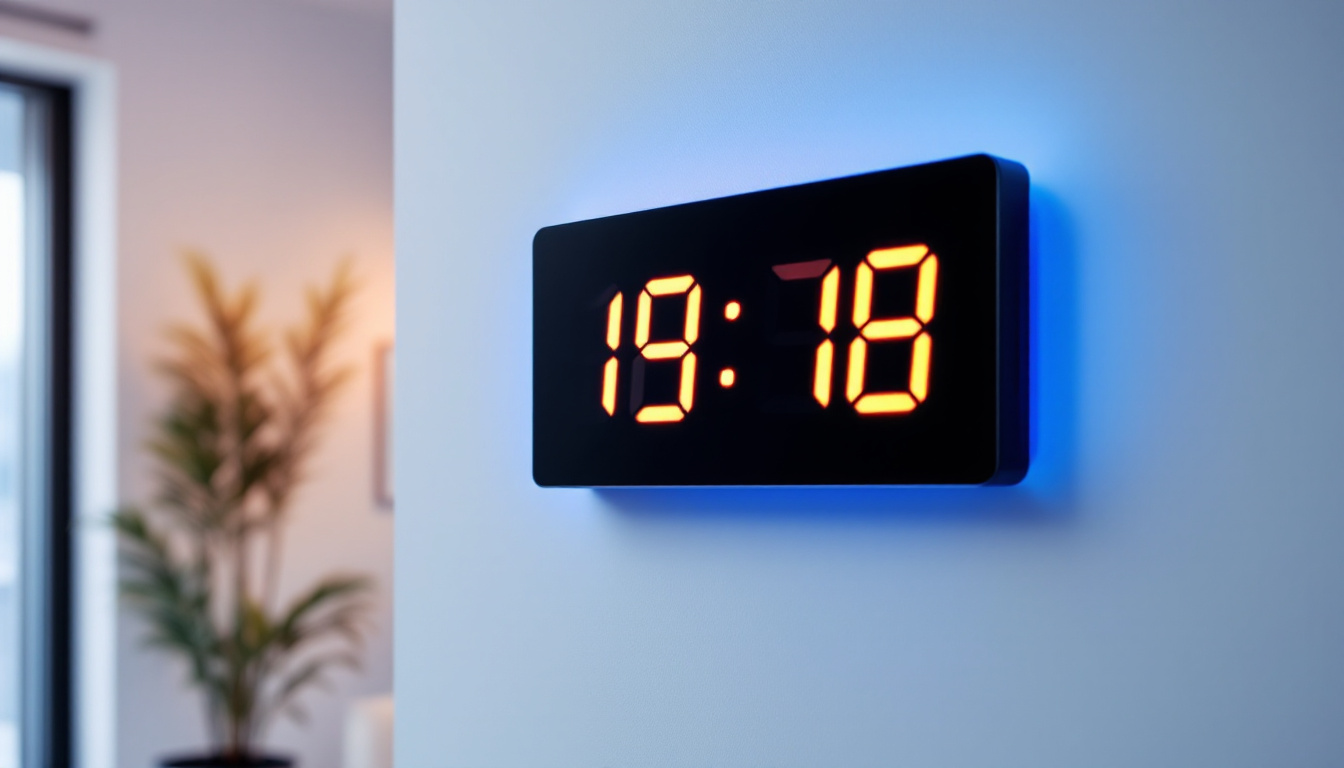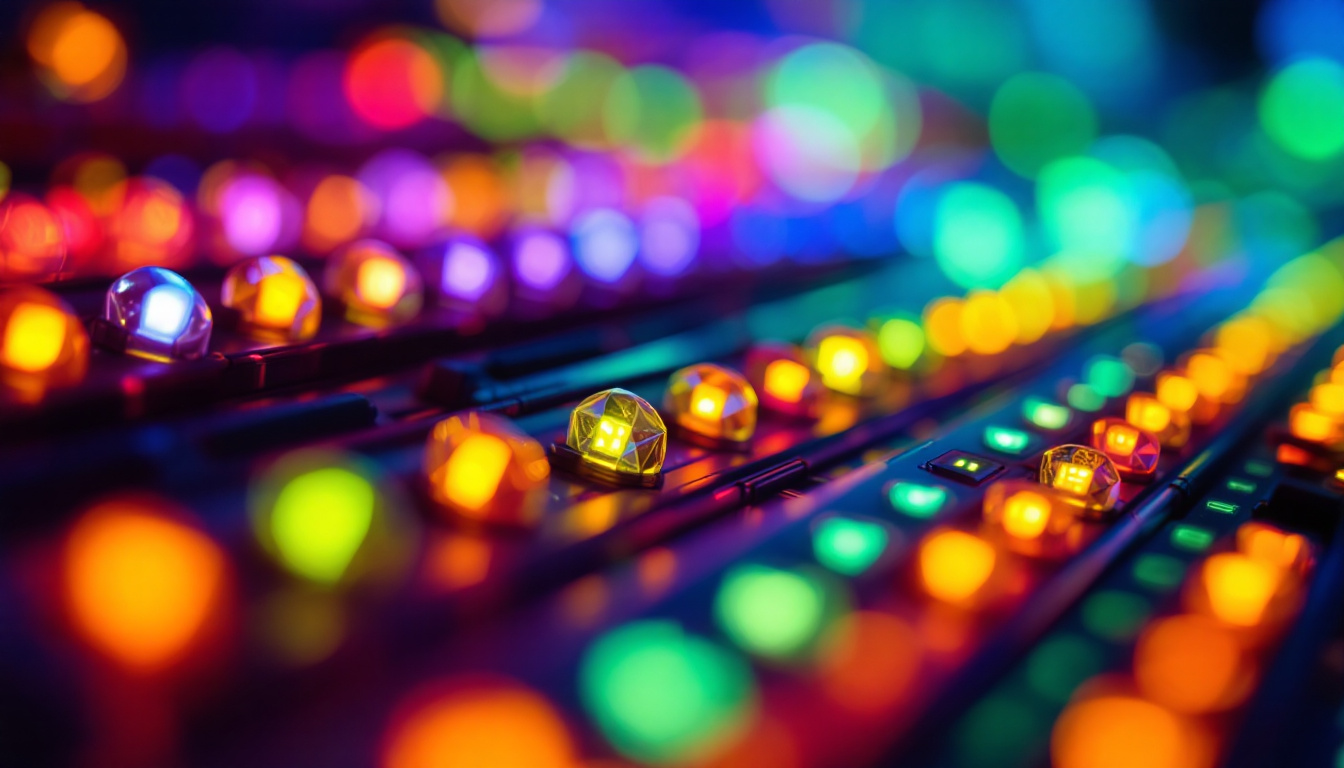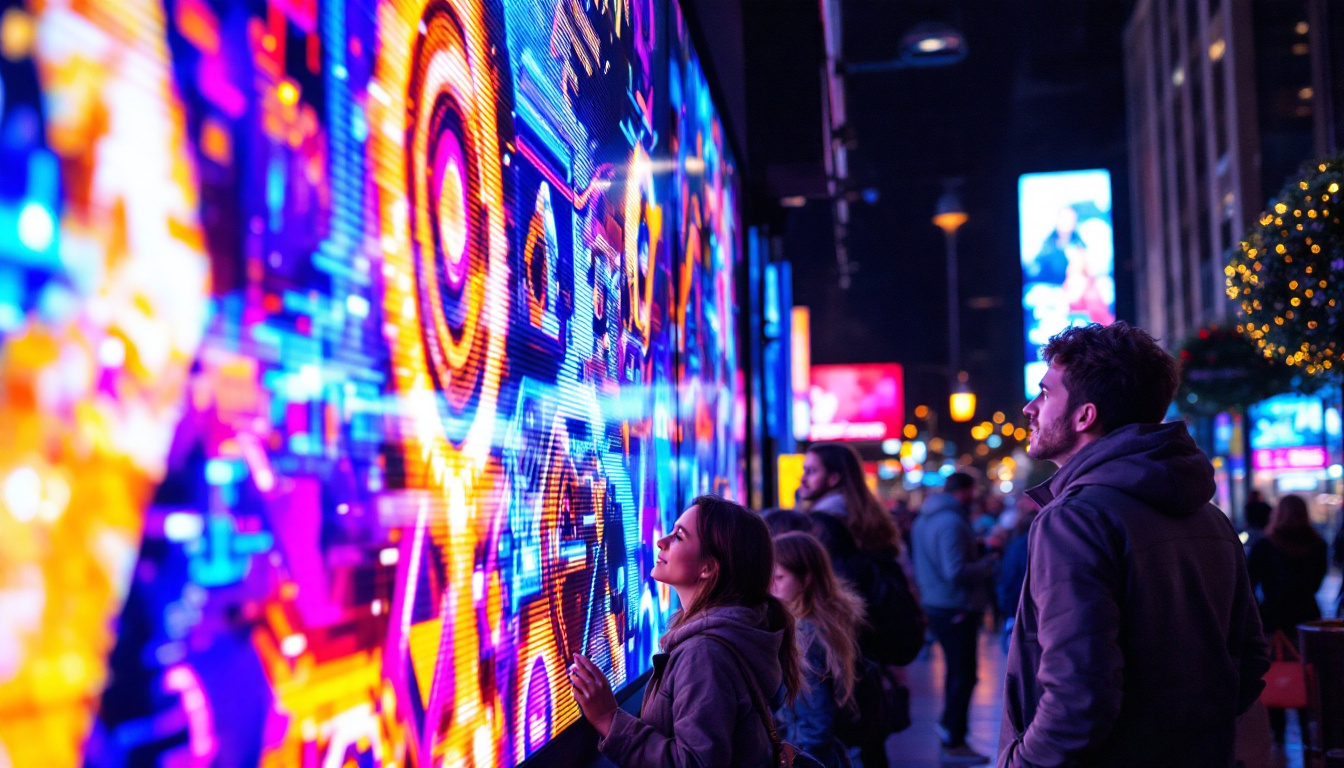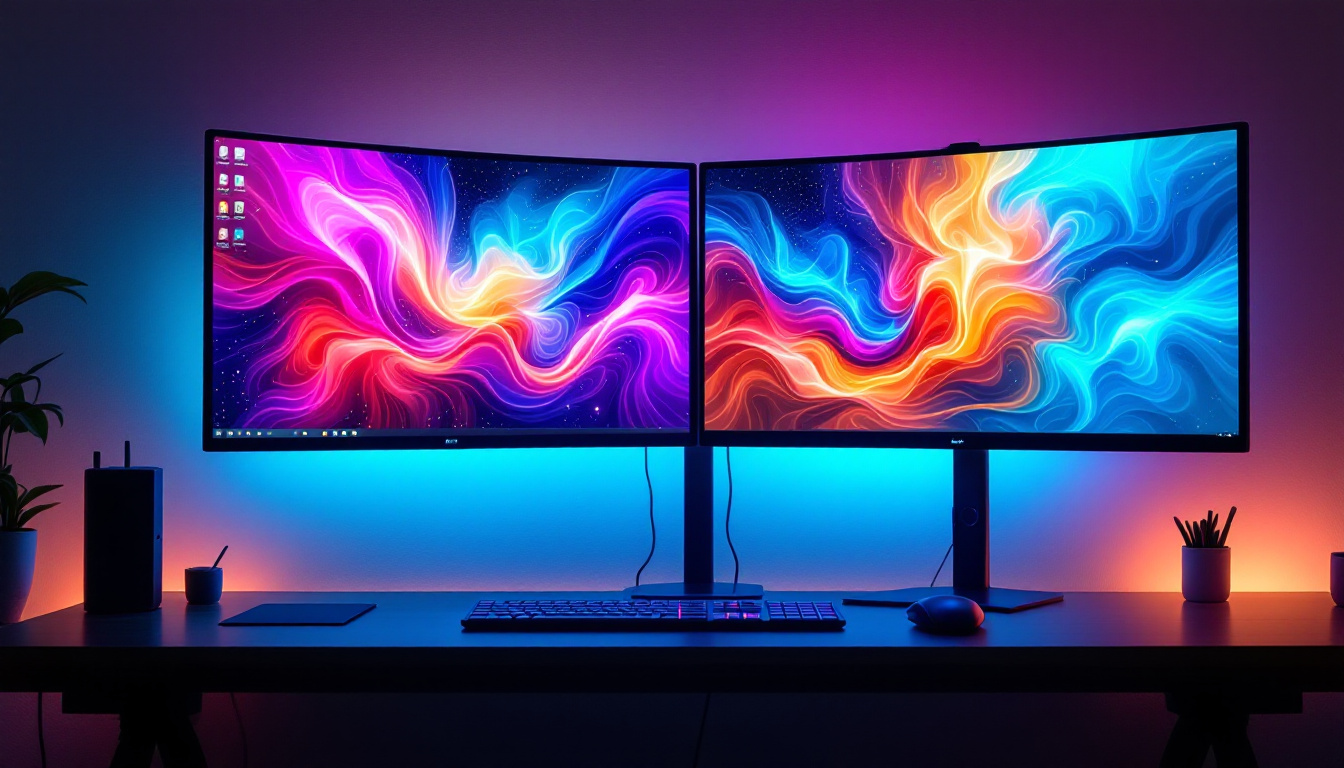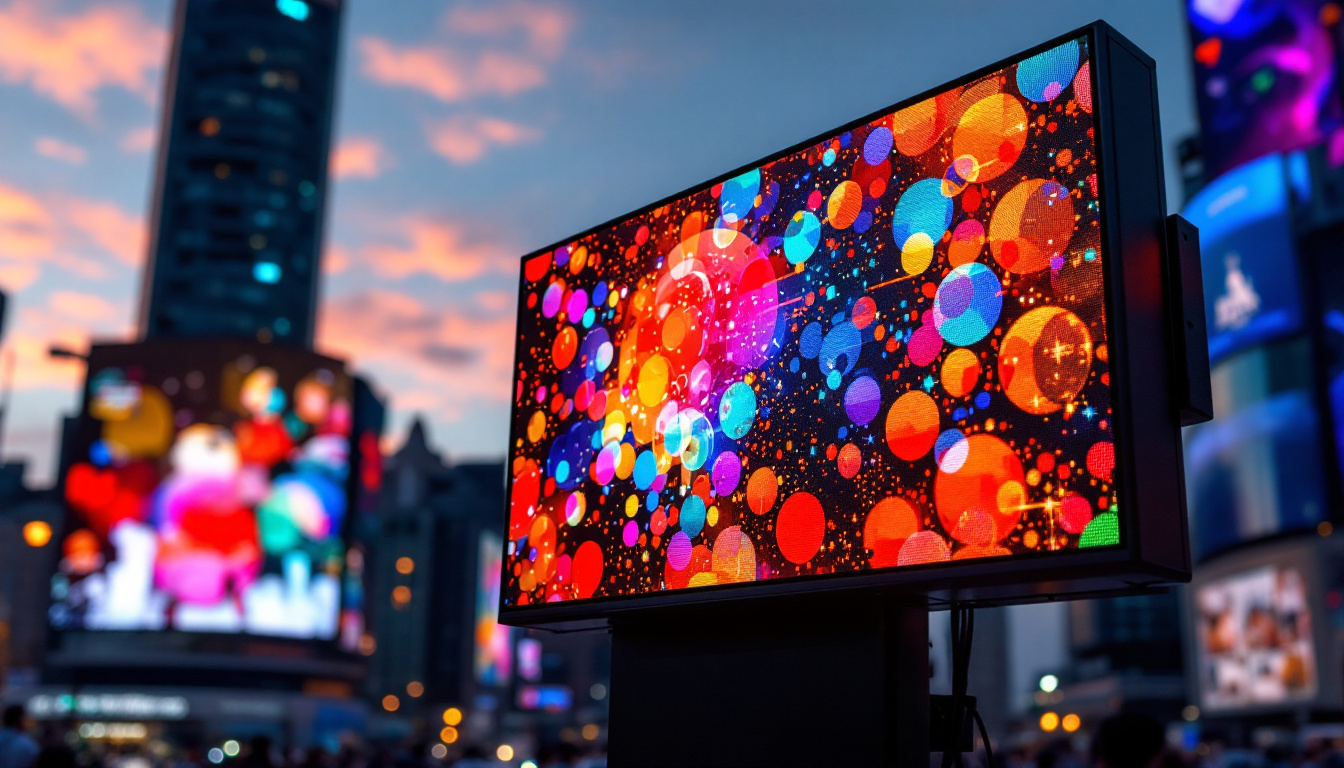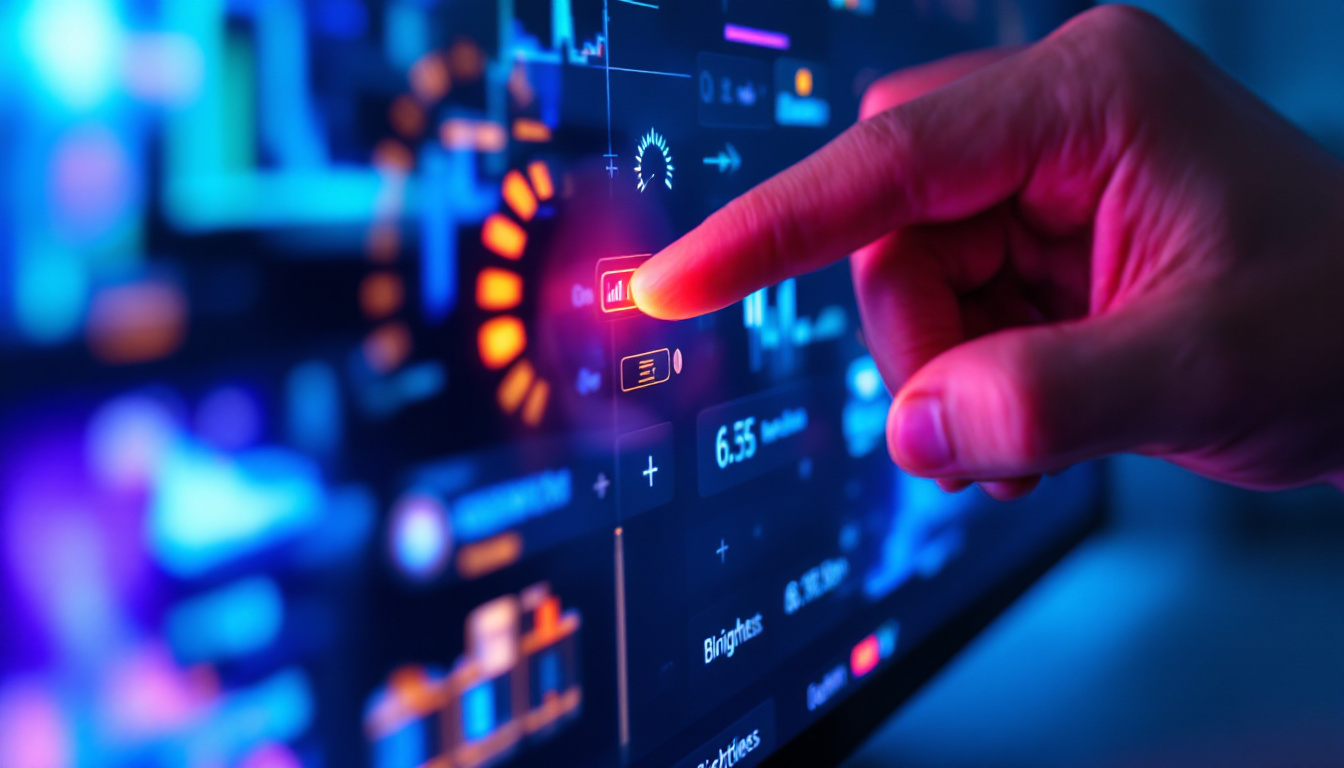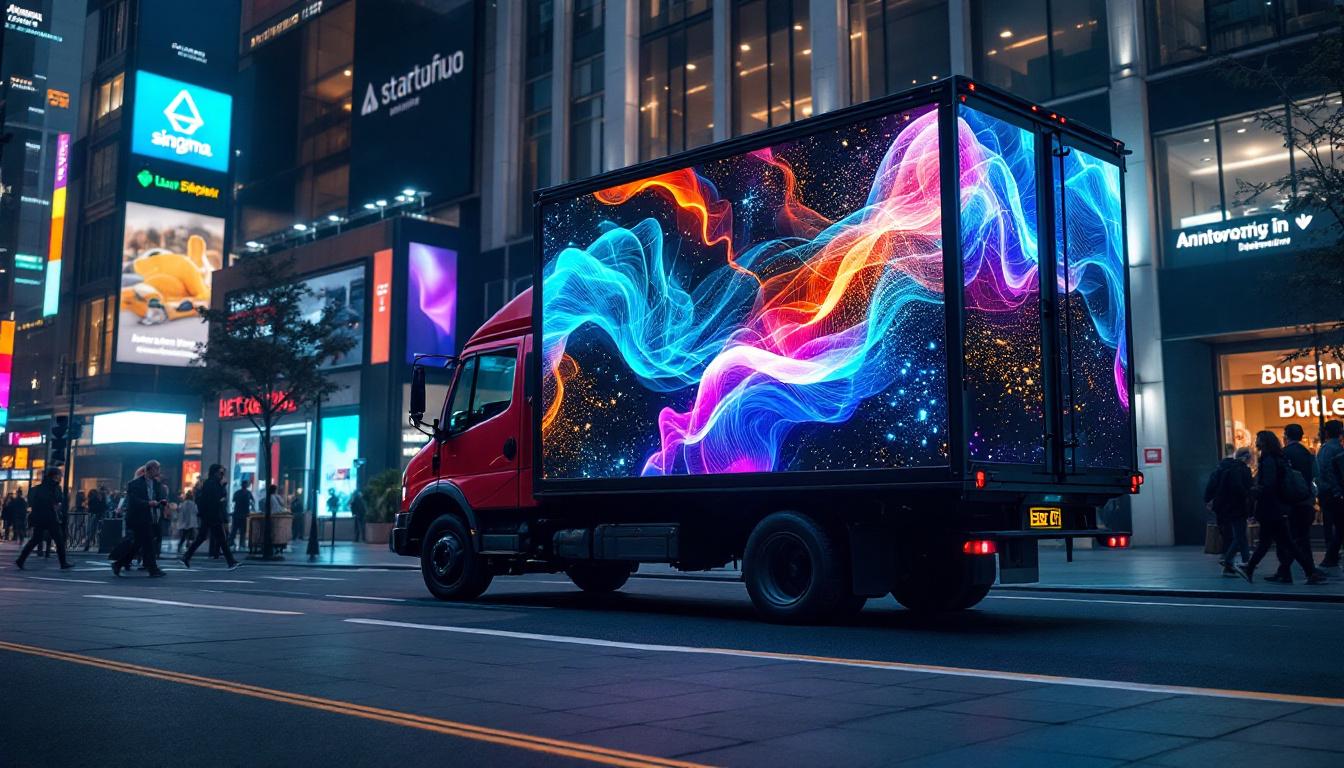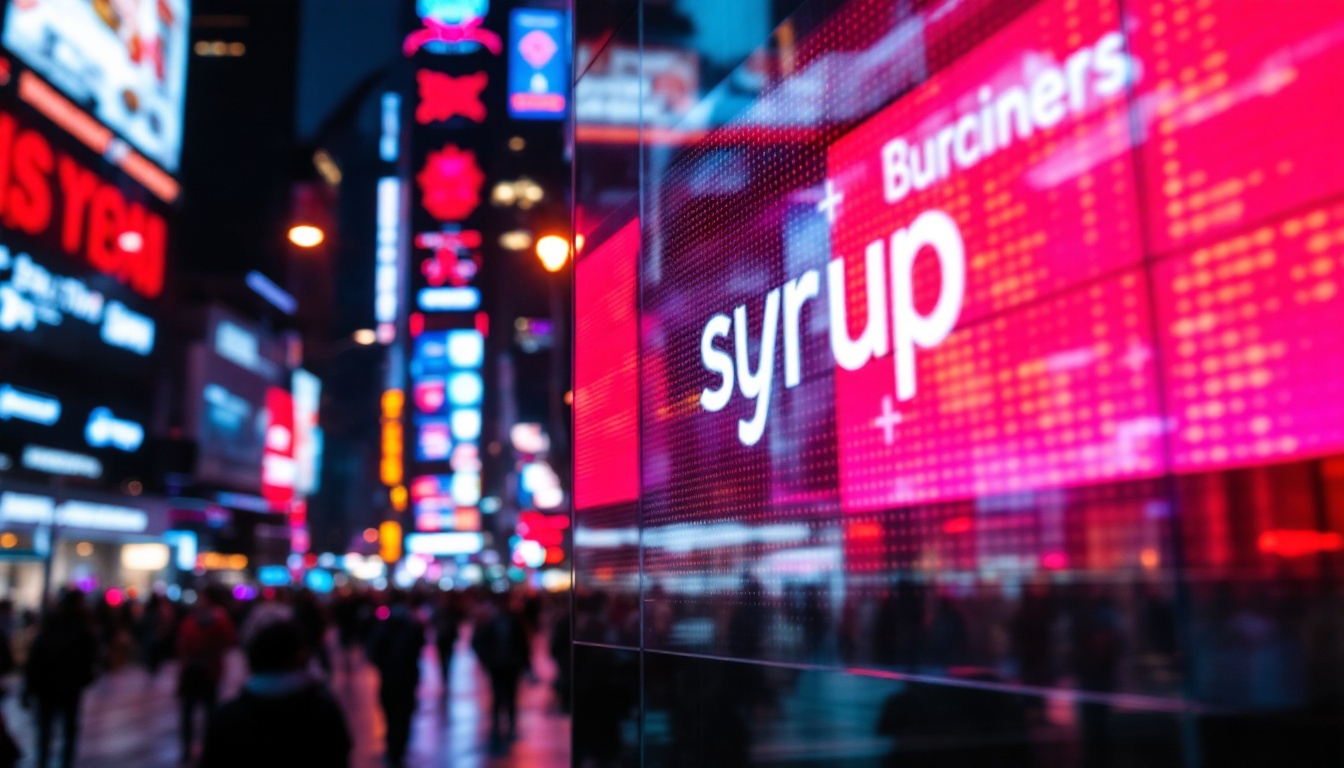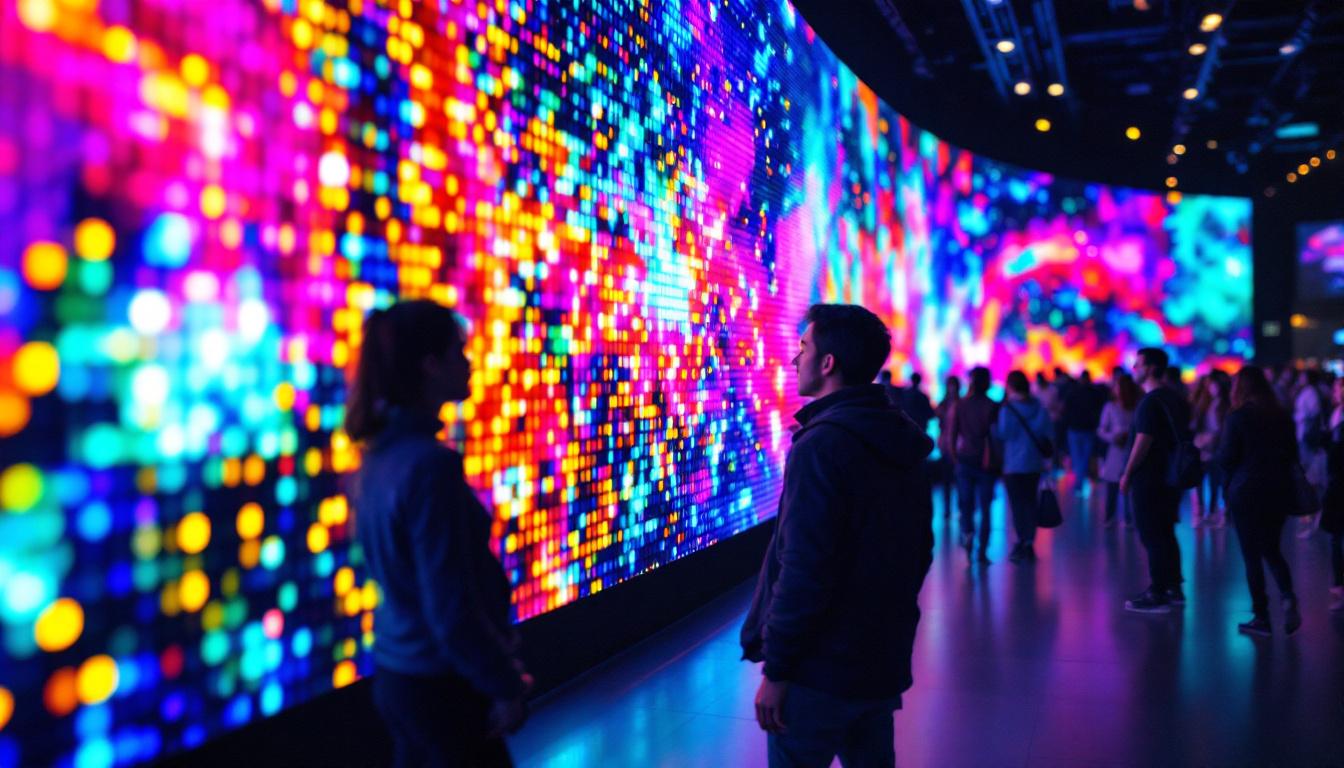In the realm of modern visual technology, powered projector screens equipped with LED displays have emerged as a popular choice for both professional and personal use. These screens offer a blend of convenience, high-quality visuals, and versatility, making them ideal for a variety of settings, from corporate boardrooms to home theaters. This article delves into the intricacies of powered projector screens, focusing specifically on LED display technology, its benefits, and its applications.
Understanding Powered Projector Screens
Powered projector screens are designed to automate the process of screen deployment and retraction. Unlike traditional manual screens, these powered versions utilize electric motors to smoothly extend and retract the screen with the push of a button. This feature not only enhances user convenience but also contributes to a cleaner and more organized space when the screen is not in use. With the rise of home theaters and professional presentation environments, powered screens have become an essential component for anyone looking to elevate their viewing experience.
Types of Powered Projector Screens
There are several types of powered projector screens available on the market today, each catering to different needs and preferences. The most common types include:
- Ceiling-mounted screens: These screens are installed in the ceiling and can be hidden away when not in use, providing a seamless look. They are particularly popular in home theaters and conference rooms where aesthetics are a priority.
- Wall-mounted screens: Ideal for fixed installations, these screens are attached directly to the wall and are often used in permanent setups. Their robust design makes them suitable for high-traffic areas, ensuring longevity and reliability.
- Portable screens: These are designed for easy transport and setup, making them suitable for presentations on the go. Often lightweight and compact, portable screens are perfect for educators and business professionals who frequently travel.
Each type of powered projector screen has its own set of advantages, allowing users to choose based on their specific requirements and space constraints. For instance, while ceiling-mounted screens offer a clean, unobtrusive look, wall-mounted options provide a more stable and permanent solution. Portable screens, on the other hand, cater to those who require flexibility and mobility in their presentations, making them a versatile choice for various settings.
How Powered Projector Screens Work
The operation of a powered projector screen is relatively straightforward. An electric motor is connected to the screen mechanism, which allows the screen to be deployed or retracted with ease. Most models come with a remote control or wall switch, enabling users to operate the screen from a distance. Some advanced models even offer smart home integration, allowing users to control the screen through their smartphones or voice commands. This technological advancement not only simplifies the user experience but also enhances the overall functionality of the screen within a smart home ecosystem.
The materials used in the construction of these screens also play a crucial role in their performance. High-quality screens are typically made from materials that enhance light reflection and reduce glare, ensuring that the projected image is clear and vibrant. Additionally, many screens feature a black backing to prevent light from seeping through, which can distort the image quality. Some models even come with specialized coatings designed to improve contrast and color accuracy, making them ideal for both home cinema enthusiasts and professional presentations. Furthermore, the aspect ratio of the screen can also be customized to fit various projection needs, whether for widescreen movies or standard presentations, providing users with a tailored viewing experience.
The Role of LED Technology
LED (Light Emitting Diode) technology has revolutionized the way images are displayed, providing brighter and more energy-efficient options compared to traditional projection methods. When integrated into powered projector screens, LED technology enhances the overall viewing experience significantly. The compact size of LEDs also allows for thinner and lighter screens, making them easier to install and transport, which is particularly advantageous for mobile presentations and events.
Advantages of LED Displays
LED displays offer numerous benefits that make them an attractive choice for powered projector screens:
- Brightness: LED displays are known for their high brightness levels, which make them suitable for various lighting conditions. This is particularly beneficial in environments where ambient light cannot be completely controlled.
- Energy efficiency: LED technology consumes less power compared to traditional projection methods, making it a more sustainable choice for long-term use.
- Longevity: LED lights have a longer lifespan than traditional bulbs, reducing the need for frequent replacements and maintenance.
These advantages make LED displays an ideal choice for powered projector screens, enhancing both functionality and user experience. Additionally, the rapid response time of LEDs allows for smoother transitions and animations, which can be particularly useful in dynamic presentations where visual impact is crucial. The ability to produce a wider color gamut also means that images and videos appear more vibrant and true to life, further elevating the viewing experience.
Applications of LED Projector Screens
The versatility of powered projector screens with LED displays allows them to be utilized in a variety of settings. Some common applications include:
- corporate presentations: Businesses often use LED projector screens for presentations, training sessions, and conferences, benefiting from their clarity and brightness.
- Home theaters: Enthusiasts looking to create an immersive viewing experience can take advantage of LED projector screens for movie nights and gaming.
- educational environments: Schools and universities utilize these screens for lectures and interactive learning, making it easier for students to engage with the material.
Regardless of the setting, powered projector screens with LED technology can enhance the visual experience, making them a valuable investment for various users. Furthermore, the integration of smart technology with LED projector screens allows for features such as wireless connectivity and touch interactivity, which can transform traditional methods of presentation and collaboration. This adaptability not only caters to the needs of modern users but also opens up new possibilities for creative and engaging content delivery across different platforms.
Choosing the Right Powered Projector Screen
Selecting the right powered projector screen involves considering several factors to ensure it meets specific needs. With a multitude of options available, making an informed decision is essential.
Screen Size and Aspect Ratio
One of the first considerations when choosing a powered projector screen is its size. The screen should be large enough to accommodate the viewing distance and audience size. Additionally, the aspect ratio is crucial; common ratios include 16:9 for widescreen content and 4:3 for traditional presentations. Understanding the intended use will help determine the most suitable size and ratio.
Material and Gain
The material of the screen affects image quality significantly. Screens are typically available in various materials, each with different gain levels. Gain refers to the screen’s ability to reflect light; higher gain screens can produce brighter images but may have a narrower viewing angle. It’s essential to choose a screen material that complements the projector being used and the environment in which it will be installed.
Installation and Setup
Installation can vary based on the type of powered projector screen chosen. Ceiling-mounted screens may require professional installation, while wall-mounted and portable options may be easier to set up. Consideration should be given to the location and any potential obstacles that may affect the installation process.
Maintenance and Care
Proper maintenance of powered projector screens is crucial for ensuring longevity and optimal performance. Regular care can prevent issues and prolong the lifespan of the screen.
Cleaning the Screen
Cleaning the screen should be done gently to avoid damaging the surface. A soft, lint-free cloth is recommended for wiping away dust and fingerprints. For more stubborn stains, a mild cleaning solution can be used, but it’s important to avoid harsh chemicals that may harm the screen material.
Checking the Mechanism
Regularly inspecting the motor and mechanism of the powered projector screen is essential. Ensuring that the motor operates smoothly and that there are no obstructions can prevent potential malfunctions. If the screen becomes stuck or does not retract properly, it may require professional servicing.
Storing the Screen
When not in use, it’s advisable to retract the screen to protect it from dust and damage. For portable screens, proper storage in a protective case can help maintain their condition during transport.
Future Trends in Projector Screen Technology
The technology surrounding powered projector screens and LED displays is continuously evolving. Several trends are emerging that may shape the future of this industry.
Smart Integration
As smart home technology becomes more prevalent, powered projector screens are increasingly being designed with smart integration capabilities. This allows users to control their screens through voice commands or smartphone applications, enhancing convenience and user experience.
Enhanced Resolution and Color Accuracy
Future advancements in LED technology may lead to even higher resolutions and improved color accuracy. This will provide users with sharper images and a more vibrant color palette, making the viewing experience even more immersive.
Eco-Friendly Options
With a growing emphasis on sustainability, manufacturers are likely to focus on creating eco-friendly powered projector screens. This may involve using recyclable materials and energy-efficient technologies to reduce environmental impact.
Conclusion
Powered projector screens with LED displays represent a significant advancement in visual technology, offering users a blend of convenience, high-quality imagery, and versatility. Understanding the various aspects of these screens, from their operation to maintenance, can help users make informed decisions that enhance their viewing experiences. As technology continues to evolve, the future of powered projector screens promises even more exciting innovations, making them a worthwhile investment for any setting.
In summary, whether for corporate presentations, educational purposes, or home entertainment, powered projector screens with LED displays provide an effective solution for delivering stunning visuals in a variety of environments. By considering factors such as size, material, and maintenance, users can ensure they select the right screen to meet their needs, paving the way for an engaging and dynamic visual experience.
Discover LumenMatrix’s Advanced LED Display Solutions
Ready to elevate your visual experience with the latest in LED display technology? LumenMatrix is at the forefront of innovation, offering a wide array of LED display solutions that are perfect for any setting, from vibrant corporate presentations to immersive home theaters. Explore our Indoor and Outdoor LED Wall Displays, dynamic Vehicle LED Displays, sleek LED Poster Displays, engaging LED Sports Displays, interactive Floor LED Displays, and more. Our mission is to transform your visual communication with displays that captivate and engage. Check out LumenMatrix LED Display Solutions today and see how we can enhance your brand visibility and create unforgettable visual experiences.

